Guest blog by Amanda Scott Rogers, Cat Powers, and Claire Davies
Every year, people across the US gather together to give thanks and share a meal for Thanksgiving. In order to raise visibility about the number of Americans who don’t have a roof over their heads or food on their plates during the holiday season, we recognize Hunger and Homelessness Awareness Week during the week prior to Thanksgiving, which falls on November 13-21 this year.
At this same moment, the sustainable development community in the US has come together for the launch of SDSN USA’s United States Sustainable Development Report for 2021, which provides a snapshot of where the US is on a range of social inclusion, environmental sustainability, and economic development indicators. The report findings show that prior to the pandemic, food insecurity was at a national average of 10.5%. In five US states, more than 15.6% of households were experiencing food insecurity, and were marked red for having “major challenges” with food insecurity, 11 states were stagnating on progress towards food security, and six were worsening, in 2019. It is not yet clear how the pandemic will affect these conditions.
Currently, there are more than 42 million Americans who are food insecure, with an increase of 7 million or more from 2019. There are food insecure households in every community, but there is a specific risk among minority Americans. Southeastern US regions with higher Black populations and higher poverty rates tend to have higher food insecurity and worse health outcomes. The higher rates of food insecurity are a direct result of historic and present day systematic and institutional inequities in America that lead to disparity in policies, wealth, federal programs, education, incarceration, employment, poverty, and more. Over the past two decades, Black and Latinx households in particular have faced consistently higher levels of food insecurity compared to the national average. In 2019, 19% of Black individuals and 16% of Latinx individuals were food insecure compared to the 10.5% national average rate of food security. In 2020, the food insecurity rate among Black and Latinx communities increased even more, to 21.7% and 17.2% while the national average remained at 10.5%. Additionally, Indigenous people suffer from some of the highest rates of food insecurity despite the lack of reports and studies specifically focusing on food insecurity within their community. In fact, one out of every four Indigenous people experience food insecurity.
By the numbers:
42 million Americans are food insecure
1 out of 4 Indigenous people experience food insecurity
Black and Latinx individuals are nearly 2 times as likely to be food insecure compared to the average population
$29 trillion dollars is considered the true cost of hunger globally
The true cost of hunger can be calculated using both quantitative and qualitative data, drawing from health care, economic productivity, education, charity, federal assistance programs, and environmental costs. This value, calculated using only quantifiable data expressed in monetary value, is approximately $29 trillion USD. However, the cost of hunger is greater than this statistic. Because hunger has dramatic impacts on other societal needs such as education, ability to work, and public health, it is clear that without a focus on eliminating hunger it will be impossible for the United States and other countries to achieve the Sustainable Development Goals (SDGs). The true cost of hunger includes impacts on mental and physical health (SDG 3: Good Health and Well-being), decreased economic productivity (SDG 8: Decent Work and Economic Growth), and poor performance in school (SDG4: Quality Education).
The situation of hunger in America must be examined and discussed through a multidimensional approach in order to achieve zero hunger. With Thanksgiving around the corner, it is helpful to support local hunger initiatives such as food drives and pantries, but it is also important to acknowledge that lack of food is not the sole contributing factor in hunger and food insecurity. This blog post is based on findings from the SDSN USA Zero Hunger Pathways Project Situational Analysis report, which looks into cross-sectoral fields of research and programs through a systems thinking approach to examine the root causes of hunger and their impact on individuals and various communities. The analysis is broken into sections that illustrate America's hunger and food insecurity background and cost and impact on demographics, geography, and cost, while also discussing multidimensional aspects of hunger: Poverty, Health, Race, Gender, Education, Unemployment, Homelessness, COVID-19 Pandemic. The report outlining the situation of hunger in America sheds light on new and multidisciplinary evidence and discussions on hunger and food insecurity that will help engage experts, policymakers, and networks to create recommendations. It is expected to be released in early 2022.

